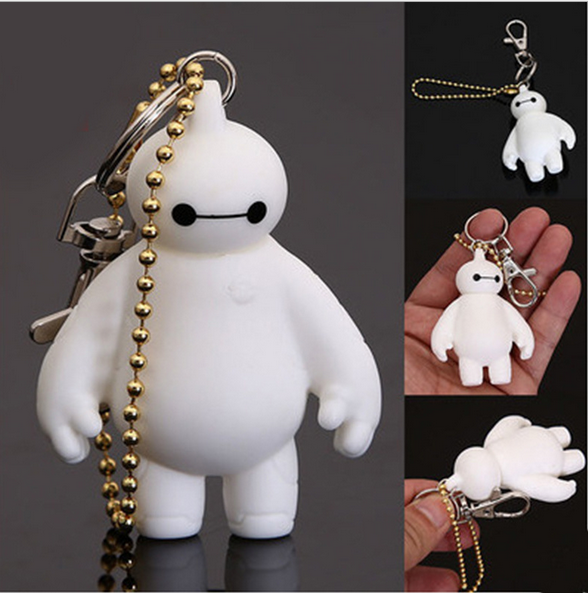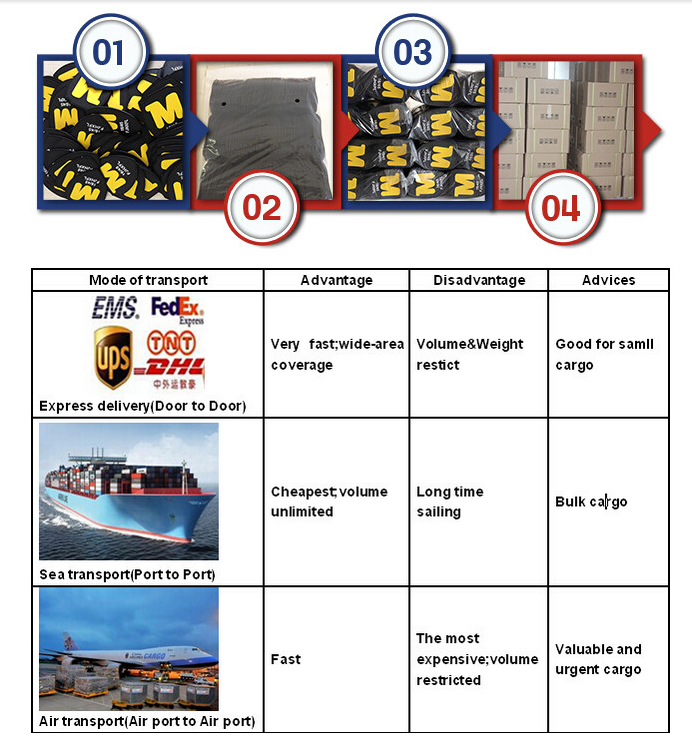As China strictly controlled inflation and continued tightening of monetary policy, it caused capital to flee in 2011. Under the circumstance of a shrinking export market and weak domestic demand, the market conditions of cotton textiles have “suddenly turned down†and the situation of oversupply exceeding demand has been evident throughout the year. The decline has deepened. Then, in 2012, whether it is a contrarian reversal or continues to fall. What opportunities will we face and how big will it be?
year 2011:
The market “diving†caused the loss of the company to be intensified. Compared with the price drop of raw materials, yarns, and grey cloths in 2011, it can be seen that since March 2011, the prices of raw materials, yarns, and grey cloths in the domestic cotton textile market have fallen sharply and are unstoppable. Due to the unsynchronized decline in the upstream and downstream markets, prices of some cotton yarns and grey cloths fell faster than raw materials, resulting in higher losses for enterprises. The characteristics of “high in and low out†and “more stocks and more losses†were extremely prominent.
From the perspective of all varieties, after the end of February 2011, the declines of major varieties of cotton, polyester-cotton, and man-made cotton products were relatively large. In the first half of the year, cotton products led the decline, while in the second half of the year, polyester-cotton and man-made cotton products led the decline. There was a downward trend in collective decline and turnaround. This reflects the over-hype in the market in 2010, prices out of the supply and demand relationship, resulting in a large "crowded bubble" in 2011, bringing tremendous pain to the industry; on the other hand, it shows that in 2011 the market is in bad demand, prices fall, the market tends to be rational, The loss of cotton textile enterprises increased. Two years before and after the emergence of the "ice and fire two heavens" situation.
In 2010, the demand for the cotton product market was strong, and the volume rose to a new high. There was a rare bull market in decades. After the Spring Festival in 2011, with the help of funds, domestic cotton prices hit new highs, while prices of downstream products such as cotton yarns and grey fabrics did not exceed the highs of November 2010. After the end of February and early March, market sales were hindered, prices stagnated and fell sharply, and some cotton yarns and grey cloths had fallen more than upstream raw materials. The crash in 2011 basically swallowed the gains in 2010.
According to feedback from some large and medium-sized enterprises in Jiangsu, Shaanxi, and Shandong, 2010 was at the best level in history. However, in 2011, it was generally in a difficult position for production and sales. After the end of February and early March, the cotton product market fell sharply and fell sharply. September On the 8th, due to the unlimited purchase of 19,800 yuan/ton of State Reserve Cotton, and the expected peak season of traditional textile sales, the cotton textile market rebounded slightly from the end of August to the beginning of September, but it still cannot recover. From January to December, the domestic cotton price fell by 12,500 yuan/ton, a decrease of nearly 40%, and the price of C32S cotton yarn decreased by 13,700 yuan/ton, a drop of 35%. The annual price of major cotton fabrics fell by 3.00 to 5.00 yuan/meter, a decrease of 30%. ~45% or so. Overall, the domestic cotton price “diving†drives the price reduction of cotton yarns and grey fabrics, while the cooling of the cotton yarn and grey cloth market has dragged down the acceleration of cotton prices. The three influence each other and restrict each other.
Due to the obstruction of market demand and the impact of a sharp fall in the cotton fabric market, the polyester-cotton and man-made cotton products market also fell in 2011. In the first half of the year, the decline in the polyester-cotton product market was slightly less than that of cotton products. Later, the market shunned the market. The risk sentiment was strong, and cotton-based products companies converted a large number of cotton blends and chemical fiber products. As a result, the production of polyester-cotton-cotton and man-made cotton products grew rapidly. After the National Day, the market for polyester-cotton and man-made cotton products fell significantly more than that of cotton products. Among them, the domestic viscose staple fiber prices fell by RMB 12,600/ton from January to December 2011, a decrease of 44%, and the price of R30S cotton yarn dropped by RMB 13,600/ton, a decrease of 41%, and the price of people's cotton fabric fell by RMB 2.20 to RMB 4.00/m. , a drop of about 40%.
Overall, the sales of viscose products in the upstream and downstream categories exceeded that of cotton and polyester/cotton products in 2011, ranking first, with the smallest decline in polyester products. It can be seen that the market demand for polyester products has grown, and the cotton textile enterprises have become The trend is obvious.
2012:
The situation may be "three steps" throughout the year
Since the fourth quarter of 2009, the profitability of domestic cotton textile companies has improved. In 2010, there was a rare bull market. The demand for cotton textile products was in short supply, and the price rose sharply. However, in 2011, the bull market was not able to continue. Instead, it changed from a big upswing to a top downturn. Then, what will happen to the cotton textile market in 2012? Will it continue to fall or reverse the trend?
From a technical perspective and trend analysis, due to the deeper decline in the cotton textile market in 2011 and some products oversold, there should be no reason for continuing bearishness in 2012. However, from the perspective of supply and demand fundamentals and the complicated external situation, we still have no reason for optimism. In particular, the expected value in the first half of the year should not be too high. It is expected that the second half of 2012 will be better than the first half of the year, and the overall situation will be slightly better than that of 2011, but it will still be significantly worse than 2010, or it will show a "three-step" trend.
In the first quarter, the market situation "has been suppressed first and then increased." As the current market risk has been substantially released, on September 8, 2011, cotton collection and storage became the “destination needle†for the domestic market. No matter how much the international cotton price fell, the domestic cotton price was always stable at the first-line closing price. Before the end of the storage period at the end of March 2012, it is certain that during this period, the domestic cotton spot and Zhengmian ** fell below 19,000 yuan/ton, which is less likely. In the first quarter, the cotton textile market generally showed a trend of "steady growth, moderate growth," but the increase will not be too large in the context of the irreversible supply-demand relationship and the deteriorating macroeconomic situation and tightening monetary policy. Therefore, in the case of relatively good corporate funds, years ago can be prepared at low prices, after the rebound of high prices each year to lighten up shipping.
After the end of storage in April, the cotton textile market will once again face the direction of choice. Based on the current progress of storage and storage, the storage will end on March 31, 2012. The State Reserve Cotton Acquisition will reach more than 3 million tons, accounting for more than 40% of the total output of 7.2 million tons. After the end of collection and storage, the market circulation resources will be reduced. Cotton and textile enterprises may face a clear shortage of cotton by then, but the abundance of the State Reserve will strengthen the country's ability to regulate and control cotton prices. The country can pass through the shortage of textile cotton and the rise in cotton prices. A large number of storage or import pressure cotton prices, so that the 2012 cotton textile market is difficult to continue rising prices. Therefore, there will be two large selections of imported cotton quotas and a few issued (not issued) in the afternoon market. If the imported cotton quotas are issued in small quantities or not issued in a timely manner, the current international cotton, cotton yarn and grey cloth products The price is significantly lower than the Chinese market. Pakistan, India, and other countries have cotton prices lower than China's 7,000 yuan per ton, and the price of grey fabrics is lower than China's same-standard products by more than 1.00 yuan per meter, resulting in a significant increase in the cost of cotton used by Chinese cotton textile companies. Competitors, foreign losses will be further exacerbated. As China’s textile and apparel industry has a high degree of foreign dependence, the closer it is to the end market, the higher the degree of foreign dependence, and therefore the downstream textile and apparel exports will be blocked, which will counteract the prosperity of the domestic sales market. The situation in the textile industry will be difficult to improve, and the more difficult enterprises It is difficult for the situation to support the high cotton prices, and the trend will remain weak in the later period.
If a large number of imported cotton quotas are issued in a timely manner, the domestic cotton market will face an accelerated decline after the end of purchasing and storage, and the expected drop to the price level before the sharp rise in 2010 after the recovery of the downstream situation and the impact of low-priced imported cotton. The collection and storage of cotton are also faced with difficulties in depositing. Obviously, this situation is not the original intention of the management department, so the possibility of issuing large amounts of imported cotton quotas is relatively small.
According to the current trend analysis, in order to ensure that domestic cotton is not impacted by low-priced imported cotton, the country may reduce the quantity of imported cotton quotas in 2012 (prioritized in batches), and the above-mentioned first situation has a higher probability of occurrence. Under the support of storage and storage policies, China's cotton prices remain high in the second half of 2011 to early 2012, and imported cotton is favored by cotton textile companies because of its superior quality and low price.
However, anyway, after April, the cotton textile market will once again face greater pressures on production and sales. If a large number of surplus quotas are left, it is expected that the domestic cotton price will be accelerated. If a small amount of imported cotton quotas is issued, downstream companies such as cotton yarn and grey fabrics will be issued. Due to the high cost of cotton and the loss of comparative advantage in labor force, the industrial environment for internal and external problems will determine the days of cotton textile companies will not be too good, and the substitution effect of alternatives will become even more apparent.
The market situation in the second half of the year is expected to be better than the first half. After the sharp fall in 2010/2011 and after the baptism in the first half of 2012, the market situation after August 2012 is expected to be slightly better than the first half of the year. The main reason is that: after the first half of 2011 and the first half of 2012, After half a year of inventories are digested, after the second half of 2012, the “destocking†of products such as cotton yarns and grey cloths will achieve significant results, laying a foundation for the recovery of the cotton textile market. Due to the sharp fall in 2010/2011, the domestic cotton enthusiasm declined in 2012. Many cotton farmers abandoned cotton and switched to other crops. After September, new cotton production is bound to decline again, and the supply and demand relationship is expected to improve. After the tussle competition, the impact of the sovereign debt crisis in the second half of 2012 will tend to ease, and the global market will face a new round of supplementary library opportunities. Under the circumstances of the domestic real estate market and effective price control, the domestic monetary policy of continuous tightening is expected to gradually ease. In addition to the first half of the deposit reserve ratio is lowered, the interest rate level is expected to decline after the second half of the year, and the loosening of the credit environment will also boost Market demand.
Looking forward to 2012, the European debt crisis will be difficult to ease, the lack of economic growth in the United States will increase the downside risk to the global economy, and the overseas market will not be able to meet demand. Textile exports will face difficulties. In the situation where the situation has not yet been reversed and the industry is difficult to recover, the situation of the cotton textile market in 2012 is hardly optimistic.
Although there are many uncertain factors in 2012, the ability of the state to control domestic cotton prices has been significantly strengthened. If a large number of import cotton quotas are not issued, it will be difficult to continue a deep fall, but it is difficult to continue to rise due to restrictions on income collection and storage policies. , It can be expected that the 2012 cotton textile market will not experience extreme unilateral surge in 2010 or unilateral downturn in 2011, mainly due to the periodic wide oscillation. It is expected that the overall situation in 2012 will be slightly better than 2011 but will still be worse than in 2010. The second half is slightly better than the first half.
Description: Custom Rubber Label products
1) 3D Silicone label which are made from 100% eco-friendly silicone rubber.
2) It has good elastic feature which can be sew on the bag, garment, shoes directly.
3) It is washable.
4) Color logo which is more striking.
5) Custom orders for kinds of size, color, shape are availbe.
6) The 3D silicone labels can sew or directly stick on your bag, garment, shoes.


Other rubber label highlights:
1) Custom die cut shapes
2) 3D effect using customized depth and height
3) Customized sewing channels for easy sewing
4) 3M reflective if needed


How to apply rubber label?
1) Sewing.
The easiest way to apply rubber label is to sew them on,sewing line will be made around the label for easy sewing.
2) Heat adhesive or sticker adhesive.
You also apply labels rubber label by heat adhesive or sticker adhesive,but heat adhesive might not be available for all applications.
3) Heat welding
Another option is use a heat welding machine.A thermo compression binds the rubber label with you garment,we can also heat weld the rubber on a piece of fabric for you as well.
How about rubber products packing and shipping ?

Welcome to visit our factory any time !
YYX own more than 3000 square meters factory.
More than 10 years expreience of rubber labels.
Automatic injection production line,not manual injection
Products were exported to more than 60 countries till now .
Rubber Keychain,Rubber Label
Shenzhen Yiyixing Zipper Manufacture Co.,Ltd , http://www.yyxzip.com
